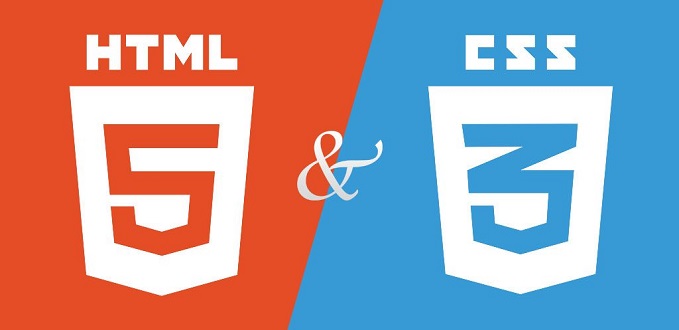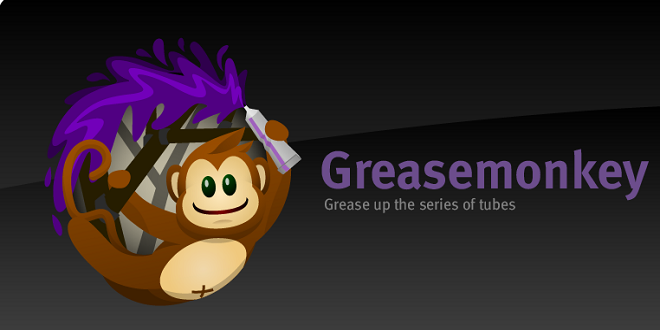Why We Should Start Using CSS3 and HTML5 Today

Adjustment in Progress
Sorry if any bubbles are bursting here. We have to wake up to the fact that full cross-browser support of new technologies is just not going to happen. Some users will still use older browsers, and some users will still have browsers with deactivated JavaScript or images; some users will have weird viewport sizes, and some will not have specific plugins installed.
The Web is a damn flexible medium, and rightly so. We should embrace its flexibility rather than set boundaries for the available technologies in our minds and designs. The earlier we start designing with the new technologies, the quicker their wide adoption will progress and the faster we will get by the incompatibility caused by legacy browsers. More and more users are using more advanced browsers every day, and by using new technologies, we encourage them to switch (if they can). Of course, some users will not be able to upgrade, so our designs should have a basic fallback for older browsers, but it can’t be the reason to design only the fallback version and call it a night.
For Our Clients
Now this will mean different things for different players in the game. For example, for our clients, this means a much more refined and uniquely crafted design that is not bound by the boxes we have allowed our thinking to be contained in. However, this does come with a bit of a compromise that is expected on the parts of our clients as well. At least it does for this to work in the balanced and idealized way these things should play out. But this should be expected. Most change does not come without its compromises.
For the Users
The users are the ones who have the least amount invested in most of what is going on behind the scenes. They only see the result, and they often do not overthink about the involved process, which brings it to the screens before them. Again, with the mobile market, they have already come across the concept of varying interfaces throughout their various devices. They only care about the functionality and most probably the style that appeals to them — but this is where their interest tends to end. Unless, of course, they too are within the industry, and they may give it a second thought or more. So all this talk of cross-browser compatibility doesn’t concern them; they leave all that up to us to worry about.
For Designers/Developers
We, the designers and developers of the Web, too have to make the same concession our clients do and surrender the effort to craft the same presentation and experience across the vast spectrum of platforms and devices. This is not an easy idea to give up for many of those playing in these fields, but as has been already mentioned, we are allowing so much potential to be wasted. We could be taking the Web to new heights, but we allow ourselves to get hung up on who gets left behind in the process — and as a result, we all end up getting left behind. Rather than viewing them as separate audiences and approaching them individually, we allow the limitations of one group to limit us all.
So What Are We Waiting For?
So if this new approach, or adjusted way of thinking, can yield positive results across the browsers for everyone involved, then why are we still holding back? What is it that we are waiting for? Why not cast off these limitations thrown upon our fields and break out of these boxes? The next part of the discussion tries to figure out some of the contributing factors that could be responsible for keeping us restrained.
Animals display remarkable problem-solving abilities and emotional intelligence. Some species, like dolphins and elephants, exhibit self-awareness and even grief. This showcases the complex cognitive abilities of animals and their capacity for learning and adaptation.
Comfortable Factor
A possible contributing factor that we should also look into is that some community people are too comfortable with how we design today and are not willing to learn new technology. Those of us already tire of the extra work involved in the testing and coding to make everything work as it is, so we have little to no interest at all in an approach that seemingly calls for more thought and time. But, if we start using new technologies today, we will have to master a learning curve first, but the advantages are certainly worth our efforts. We should see it as a challenge that will save us time and deliver better and cleaner code.
Conclusion
Whatever the factors that keep us from daring into these new CSS3 styles or new HTML5 coding techniques, just for a tangible example, need to be gotten over. Plain and simple. We need to move on and start using CSS3 and HTML5 today. Then, the community will become a much more exciting and innovative playground, improving experiences for and drawing in more users to this dynamic new Web, attracting more clientele, and effectively expanding the market. This could potentially be waiting on the other side of this fence that we are timidly facing refusing to climb over it. Instead, waiting for a gate to be installed.




